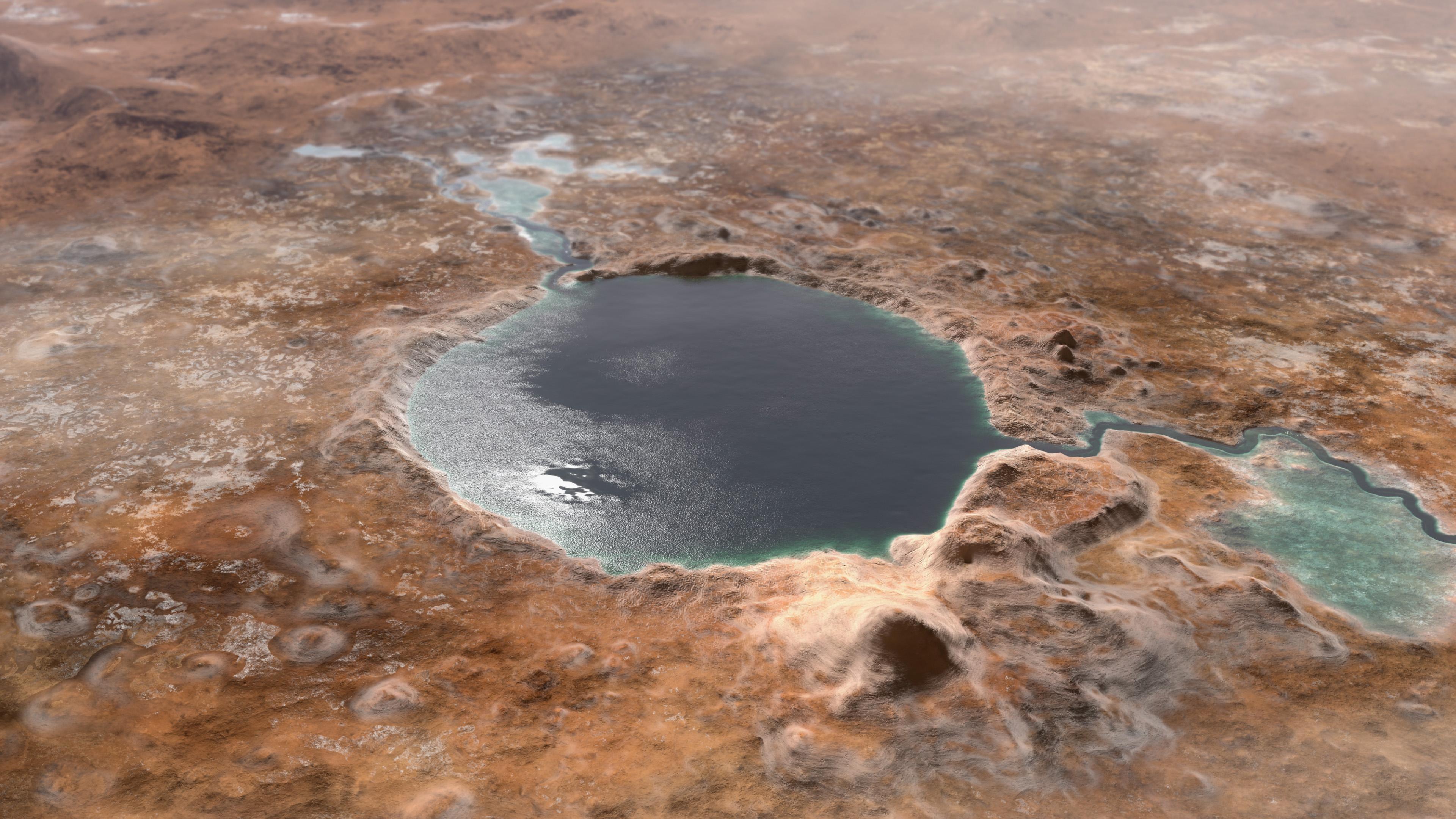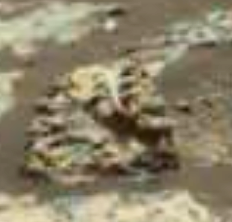It looks like you're using an Ad Blocker.
Please white-list or disable AboveTopSecret.com in your ad-blocking tool.
Thank you.
Some features of ATS will be disabled while you continue to use an ad-blocker.
Images and Video of Jezero Crater, Mars - The landing site of the 2020 Mars Rover Perseverance
page: 131
share:
PIA24172: Ancient Jezero Crater (Illustration)
This illustration shows Jezero Crater — the landing site of the Mars 2020 Perseverance rover — as it may have looked billions of years go on Mars, when it was a lake. An inlet and outlet are also visible on either side of the lake.
A key objective for Perseverance's mission on Mars is astrobiology, including the search for signs of ancient microbial life. The rover will characterize the planet's geology and past climate, pave the way for human exploration of the Red Planet, and be the first mission to collect and cache Martian rock and regolith (broken rock and dust).
Perseverance Rover's Landing Site: Jezero Crater
Jezero crater sits within the Isidis Planitia region of Mars, where an ancient meteorite impact left behind a large crater some 750 miles (1200 kilometers) across. This event is known as Isidis impact, and it forever changed the rock at the base of the crater. A later, smaller meteorite impact created the Jezero crater within the Isidis impact basin. Scientists believe that these events likely created environments friendly to life. There is evidence of ancient river flow into Jezero, forming a delta that has long since been dry.
Jezero crater is thus likely to have been habitable in the distant past. The Mars Reconnaissance Orbiter's CRISM instrument has revealed that the crater contains clays, which only form in the presence of water. On Earth, scientists have found such clays in the Mississippi river delta, where microbial life has been found embedded in the rock itself. This makes Jezero crater a great place to fulfill the Mars 2020 mission's science goal of studying a potentially habitable environment that may still preserve signs of past life.
At Jezero crater, Perseverance should be able to access rocks that are as old as 3.6 billion years. There are many ideas about what early Mars was like, and how it came to be what it is today. Accessing the ancient rock at Jezero crater should help answer some of these questions, and tell us more about the formation of rocky planets. It is also a great location for the rover to collect a variety of samples of Martian rock and soil.






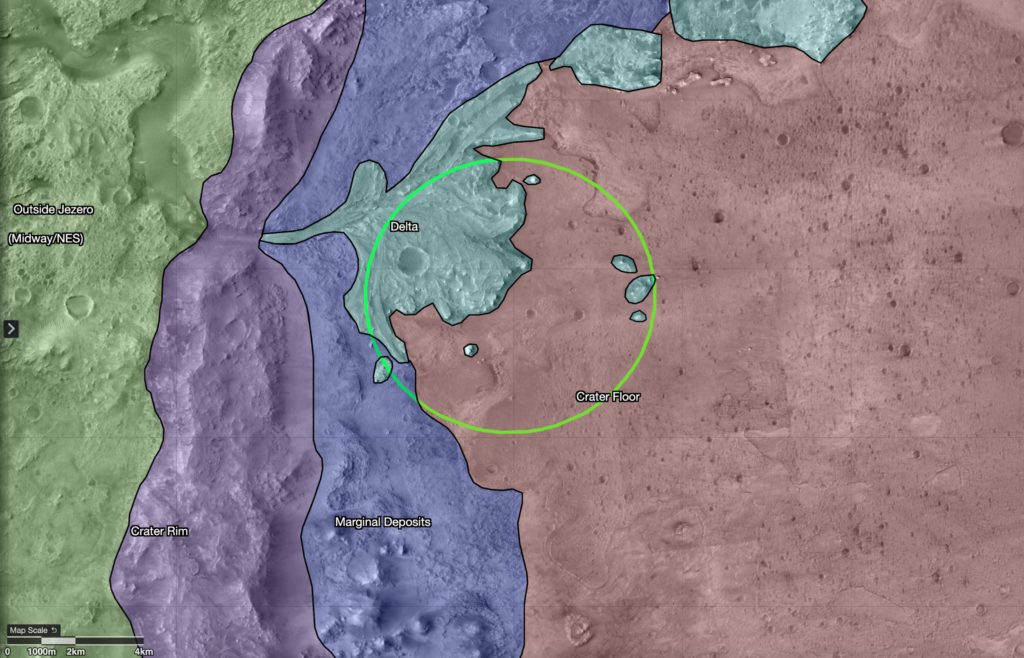


The below are crops from images by the MRO's HiRISE camera. They were viewed and exported from JP2 image files with HiView.







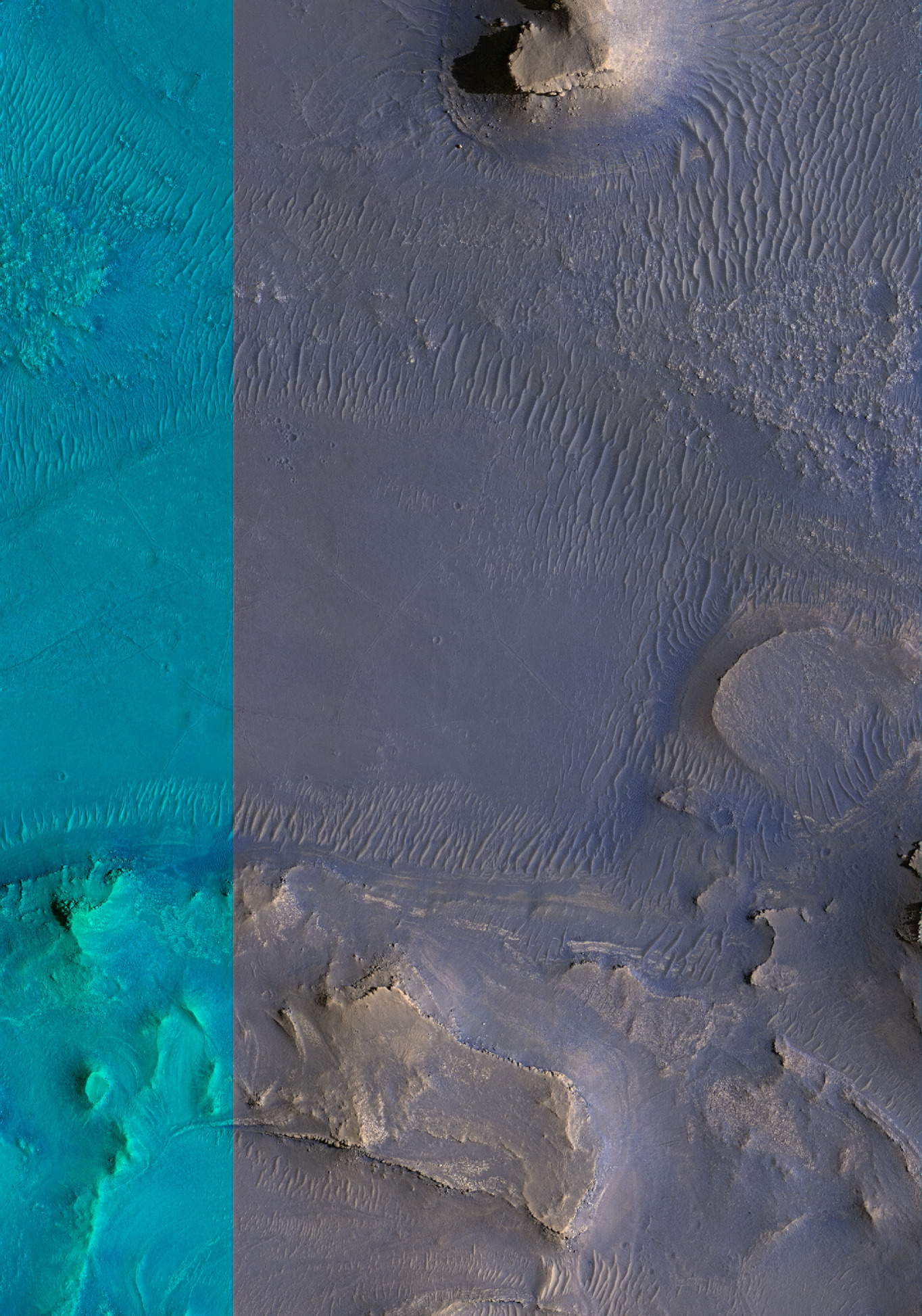
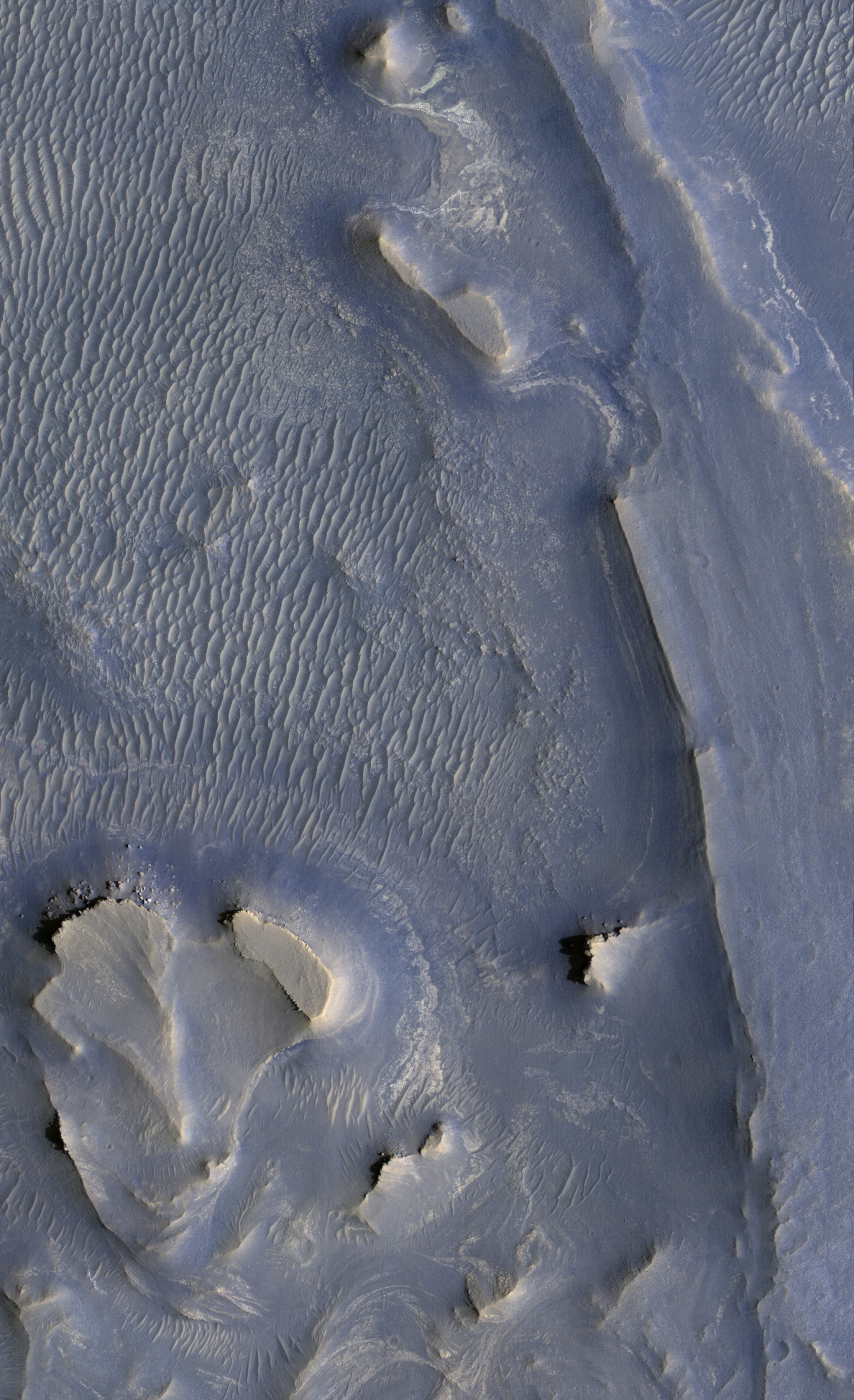
NASA/JPL - Video of Jezero Crater landing site.
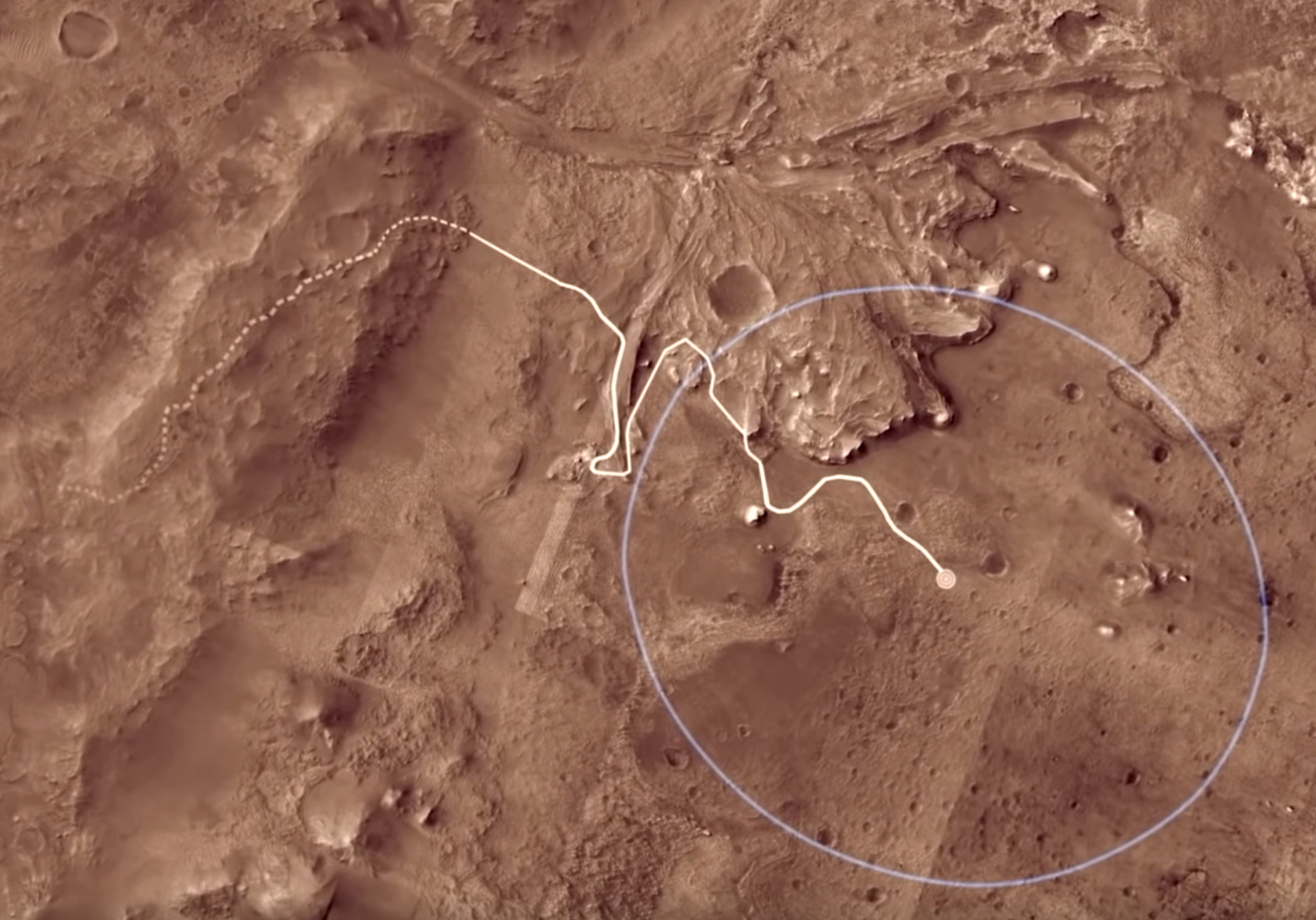
ESA/DLR/FU Berlin - Video of Jezero Crater landing site.


Seán Doran Video. To me, this is the best view there is of someone who has entered the atmosphere of Mars for the first time. About to land at Jezero Base.
This video is the view of someone who has been on Mars long enough for their eyesight to adapt. It looks like there was a lot of water flowing at that spot on Mars. Some water may still be around.
Jezero crater could turn out to be much more than the landing site of the Perseverance rover.
If samples are returned to Earth from Jezero near the end of this decade. In the next decade, the first manned mission to Mars will want to touchdown somewhere with the least unknowns.
Jezero will be the most known place on Mars if samples are returned and studied.
And if a base is built on Mars soon afterward, it is likely to be where humans have already explored.
If conditions at Jezero are as suspected, it could be the site of the first base on Mars.
Unless there are already bases on Mars, of course.
HiRise Images PSP_002387_1985, ESP_037396_1985 and PSP_003798_1985 all include some of the rovers landing site. They can be found at the HiRise website. Other images posted and crops.
Images credit: NASA/JPL-Caltech/University of Arizona/MSSS/JHU-APL/ASU/ESA/DLR/FU-Berlin/and all others.
edit on 22-10-2020 by LookingAtMars because: (no reason given)
a reply to: LookingAtMars
Cool stuff , it should be an interesting place to visit , wonder if they'll find methane spikes there too.
Cool stuff , it should be an interesting place to visit , wonder if they'll find methane spikes there too.
a reply to: [post=25495867]LookingAtMasay
Just wanted to say awesome write up. Alot of cool info there I didn't know. Thank you, S+F
Just wanted to say awesome write up. Alot of cool info there I didn't know. Thank you, S+F
a reply to: lostbook
The Perseverance Rover Landing
2020 is when it launched.
Getting closer to Mars every day.
Perseverance will touch down on Mars on Thursday, Feb. 18, 2021, at approximately 12:30 p.m. PST (3:30 p.m. EST). During landing, the rover plunges through the thin Martian atmosphere, with the heat shield first, at a speed of over 12,000 mph (about 20,000 kph). A parachute and powered descent slow the rover down to about 2 mph (three-fourths of a meter per second). A large sky crane then lowers the rover on three bridle cords to land softly on six wheels. Landing on Mars is hard. Read all about the rover’s harrowing entry, descent and landing.
The Perseverance Rover Landing
2020 is when it launched.
Getting closer to Mars every day.
a reply to: LookingAtMars
That imagery is fantastic - thanks OP! I have my fingers crossed for all the luck for a successful landing!
That imagery is fantastic - thanks OP! I have my fingers crossed for all the luck for a successful landing!
They need to land near one of the towers or the cubes and you know it!
Jezero crater is near Gale crater, where Curiosity spotted the Crab Monster.
Perhaps they could fly that drone over there and see what it really is?

Perhaps they could fly that drone over there and see what it really is?

edit on 22-10-2020 by charlyv because: p
originally posted by: charlyv
Jezero crater is near Gale crater, where Curiosity spotted the Crab Monster.
Perhaps they could fly that drone over there and see what it really is?
I'm with Chalyv on this one, go someplace where there is something interesting to see and find out what that thing really is.
a reply to: Blue Shift
Nice job. I have not seen some of those, and there certainly are similarities.
NASA should throw those that funded these missions (Us) a bone and go appease the curious.
Nice job. I have not seen some of those, and there certainly are similarities.
NASA should throw those that funded these missions (Us) a bone and go appease the curious.
Looks like it was close to a bullseye. Right about where they wanted to land.

The official location has not been released yet.
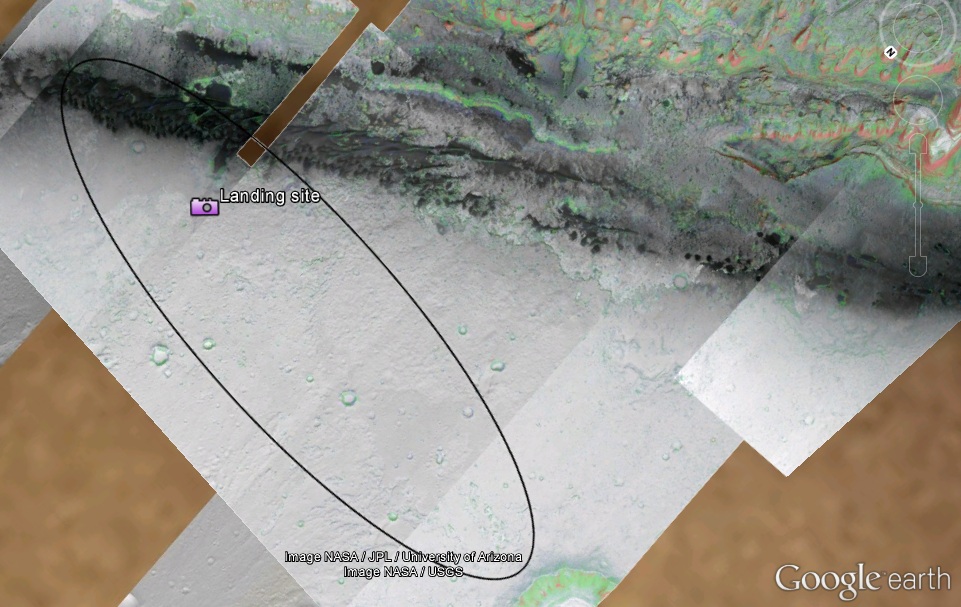
Someone at unmanned spaceflight caught mission control calling out coordinates during the live EDL stream and posted the location.
The whole story is at UMSF. If you need to catch up on this mission it would be a good place to start.
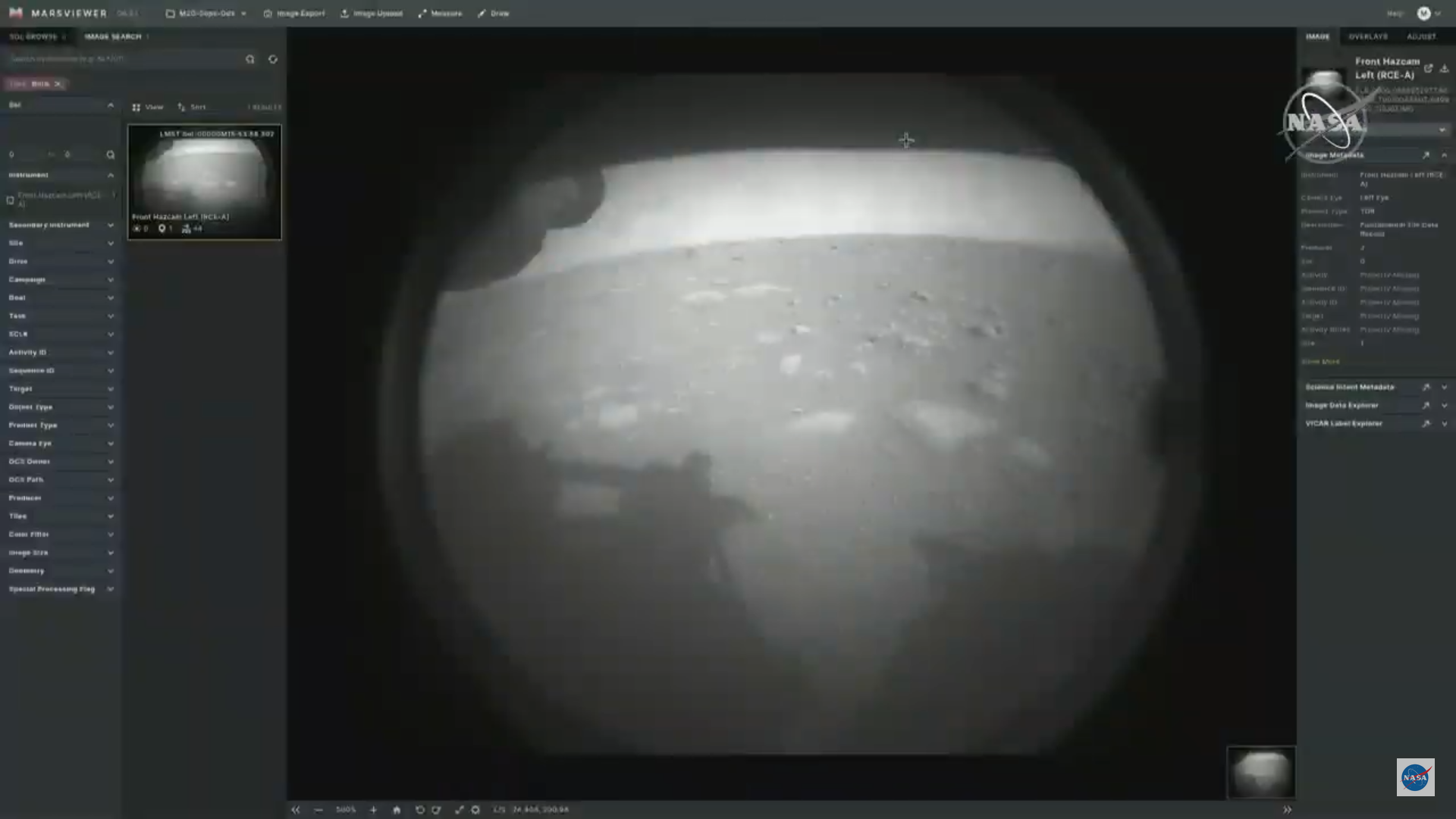
The above pics were found there.
Talking about pics there are a few people upset at NASA.
For some reason NASA is holding back all the pics till Monday. I don't think this has ever been done.
There are less than 3 pics on the raw image page and the only one worth a crap was cut off during transmission.
Raw Images

The official location has not been released yet.

Someone at unmanned spaceflight caught mission control calling out coordinates during the live EDL stream and posted the location.
The whole story is at UMSF. If you need to catch up on this mission it would be a good place to start.

The above pics were found there.
Talking about pics there are a few people upset at NASA.
For some reason NASA is holding back all the pics till Monday. I don't think this has ever been done.
There are less than 3 pics on the raw image page and the only one worth a crap was cut off during transmission.
Raw Images
a reply to: LookingAtMars
NASA brass are already proven liars. Anything they release will first be cleansed or blocked and never shown.
Sad but true.
NASA brass are already proven liars. Anything they release will first be cleansed or blocked and never shown.
Sad but true.
a reply to: NoCorruptionAllowed
They will be allowed to find evidence of ancient bio signatures if we are lucky.
This may be the last unmanned EDL on Mars for quite a while.
There is nothing much in the works for the future, as far as probes go.
I don't believe a probe will ever be allowed to find actual life on Mars.
That is the job of a human.
They will be allowed to find evidence of ancient bio signatures if we are lucky.
This may be the last unmanned EDL on Mars for quite a while.
There is nothing much in the works for the future, as far as probes go.
I don't believe a probe will ever be allowed to find actual life on Mars.
That is the job of a human.
new topics
-
12-21-24 Usyk-Fury II
World Sports: 1 hours ago -
Driving home for Christmas… fast!
General Entertainment: 5 hours ago -
My Retirement
General Chit Chat: 6 hours ago -
‘Something horrible’: Somerset pit reveals bronze age cannibalism
Ancient & Lost Civilizations: 7 hours ago -
Spiritual Solstice
Short Stories: 9 hours ago
top topics
-
My Retirement
General Chit Chat: 6 hours ago, 12 flags -
Spiritual Solstice
Short Stories: 9 hours ago, 5 flags -
‘Something horrible’: Somerset pit reveals bronze age cannibalism
Ancient & Lost Civilizations: 7 hours ago, 4 flags -
Driving home for Christmas… fast!
General Entertainment: 5 hours ago, 3 flags -
12-21-24 Usyk-Fury II
World Sports: 1 hours ago, 1 flags
active topics
-
Have you noticed?? Post Election news coverage...
World War Three • 13 • : ADVISOR -
Post A Funny (T&C Friendly) Pic Part IV: The LOL awakens!
General Chit Chat • 7939 • : baddmove -
'Mass Casualty event' - Attack at Christmas market in Germany
Mainstream News • 119 • : marg6043 -
12-21-24 Usyk-Fury II
World Sports • 1 • : onestonemonkey -
Spiritual Solstice
Short Stories • 5 • : JJproductions -
US Federal Funding set to Expire December 20th. Massive CR on the way.
Mainstream News • 72 • : marg6043 -
Salvatore Pais confirms science in MH370 videos are real during live stream
General Conspiracies • 247 • : Lazy88 -
My Retirement
General Chit Chat • 12 • : network dude -
Squirrels becoming predators
Fragile Earth • 37 • : Oldcarpy2 -
Mood Music Part VI
Music • 3754 • : SLAYER69
31

